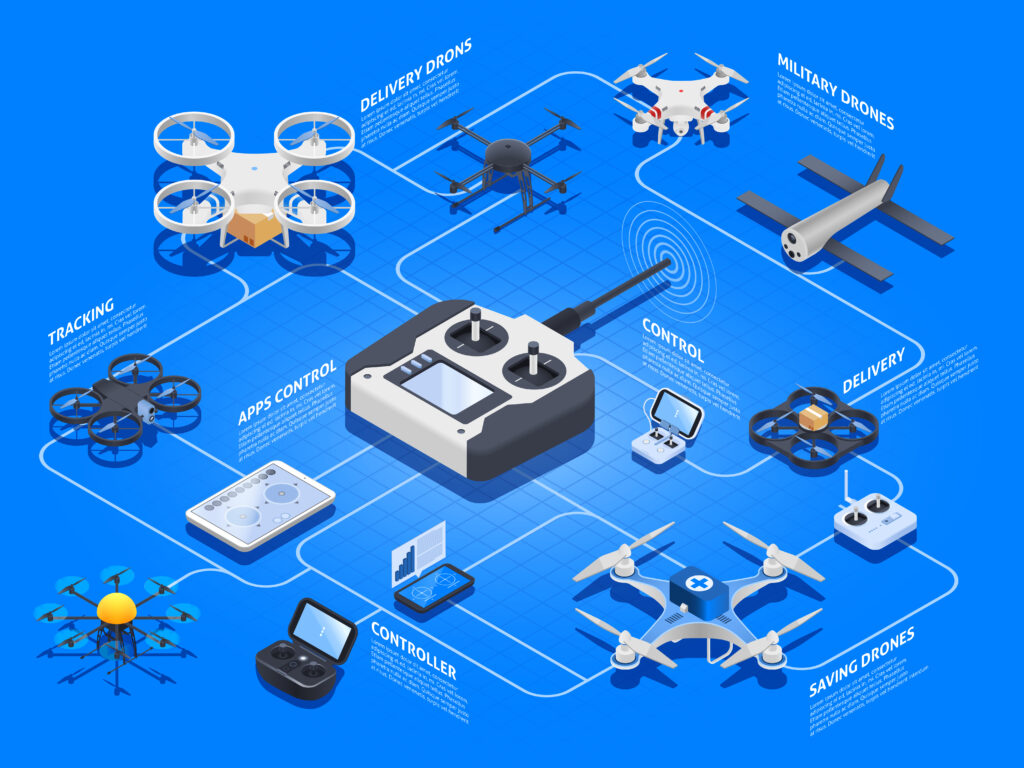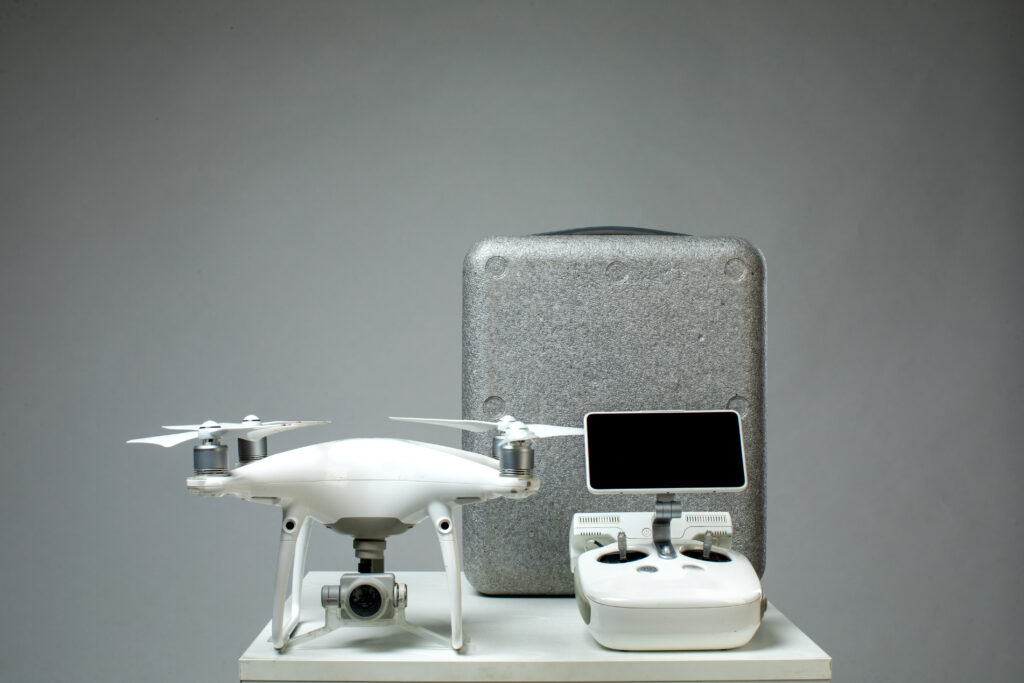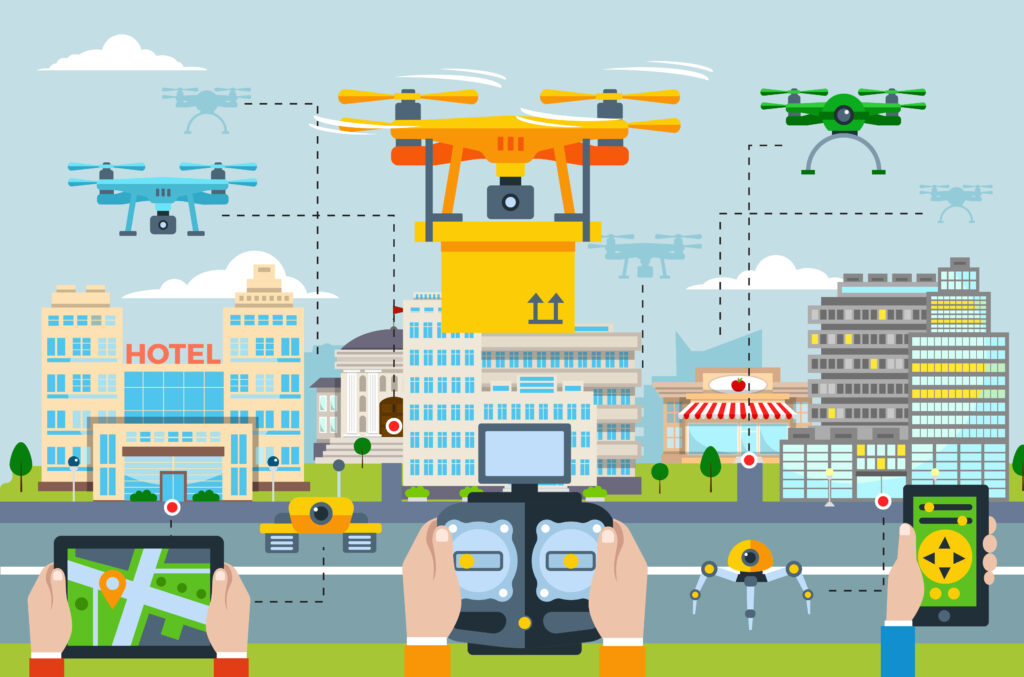Table of Contents
In an era of increasing drone threats, counter drone technology is evolving rapidly—combining radar systems, AI analytics, and kinetic interceptors to detect, track, and neutralize unauthorized UAVs. From airports to critical infrastructure, these systems are essential for maintaining airspace security and public safety. As drone technology becomes more accessible, so does the need for robust, real-time defense solutions.
For a broader look at how satellite intelligence is shaping the future of global monitoring, check out how BlackSky Technology is transforming defense and surveillance in 2025. Together, these innovations highlight the powerful intersection of AI, space tech, and security-driven innovation.
How Counter Drone Technology Works
Counter drone technology combines multiple detection and mitigation methods to protect airspace:
- Radar systems scan for small UAVs
- RF analyzers detect communication links between drones and operators
- Optical and infrared cameras visually identify drones
- Acoustic sensors pick up drone noise signatures
- Jamming and spoofing tools disable controllers or GPS
- Kinetic systems (nets, projectiles, lasers, RF/microwave weapons) physically or electronically neutralize drones
This layered defense ensures timely interception of malicious drones.

Key Applications of Counter Drone Technology
In 2025, these systems defend against both military threats and civilian hazards:
- Airports & public events to prevent disruption or terror attacks
- Critical infrastructure like power plants and prisons
- Military bases and frontlines using kinetic systems like nets, microwave weapons, or interceptor drones
- Swarm defense against coordinated multi-UAV attacks
Counter drone technology is now essential for protecting vital locations.

Leading Innovations
- Quantum radar, using entangled photons for detecting stealth drones
- High-power microwave weapons like THOR that disable drones instantly
- Kinetic UAV interceptors (e.g., MARSS Interceptor ramming drones)
- Micro-missile systems like India’s Bhargavastra for loitering drones
- Integrated sensor clusters combining radar, RF, optical, and acoustic detection
Key Challenges
- Rapid drone innovation often outpaces defenses
- Legal and ethical hurdles around jamming and surveillance
- Cost and scalability, especially for multi-layered systems
- Integration complexity across sensors, jammers, and kinetic tools
- Regulatory uncertainty, with dynamic laws limiting deployment

Counter Drone Technology: Balancing Innovation and Responsibility
Counter drone technology stands at a critical juncture in 2025. With drone threats on the rise, the latest systems—ranging from quantum radar and AI-based detection to microwave weapons and interceptor drones—are offering unmatched protection against modern UAV intrusions. These technologies are being deployed to protect airports, energy infrastructure, major public events, and military operations from both individual drones and coordinated swarm attacks.
However, with great capability comes significant responsibility. The use of jamming signals, kinetic interceptors, and AI surveillance raises complex legal and ethical issues. Governments, industries, and developers must work together to ensure these technologies operate within clear regulatory frameworks that also safeguard privacy and civil liberties. Without ethical oversight, even the most effective countermeasures can backfire.
Beyond regulation, the scalability of counter drone technology poses another challenge. High deployment costs, complex system integration, and the need for constant updates to match drone evolution make widespread adoption difficult. The future of airspace security will depend on agile, multi-layered defense systems that are not only technologically advanced but also publicly accountable and trusted.
Can any drone be stopped by counter drone systems?

Most modern counter-UAS setups detect and disable both commercial and some military drones. However, highly autonomous swarms or GPS-resistant drones still present challenges, requiring a multi-layered approach using radar, RF, optics, and kinetic solutions.
Counter Drone Technology: Defend Smart, Responsibly
Counter Drone Technology in 2025: 5 Cutting-Edge Defenses and Hidden Risks Without ethical oversight, even the most effective countermeasures can backfire. Beyond regulation, the scalability of counter drone technology poses another challenge. High deployment costs, complex system integration, and the need for constant updates to match drone evolution make widespread adoption difficult. The future of airspace security will depend on agile, multi-layered defense systems that are not only technologically advanced but also publicly accountable and trusted.
Counter Drone Technology: Defend Smart, Responsibly In 2025, counter drone technology offers potent tools—ranging from quantum radar to microwave weapons—to protect critical airspace. The ultimate success lies in balancing advanced defenses with strict regulation, cost efficiency, and ethical stewardship. As the global landscape evolves, responsible and efficient use of these technologies is paramount to ensure a secure future.


No comment yet, add your voice below!